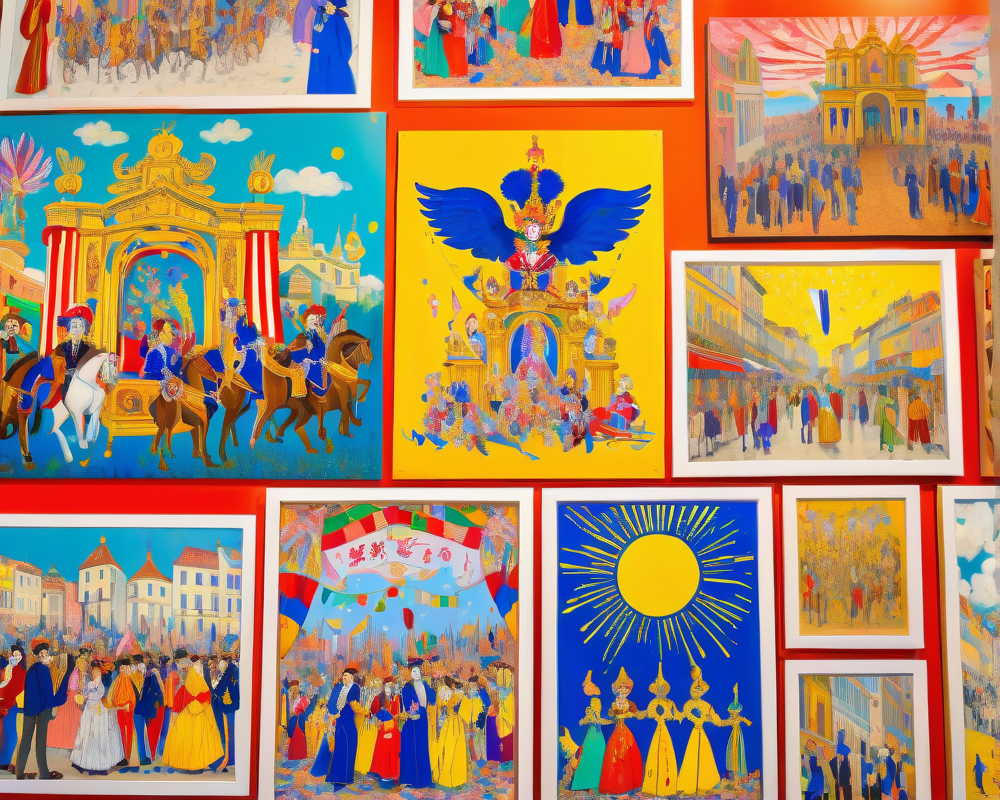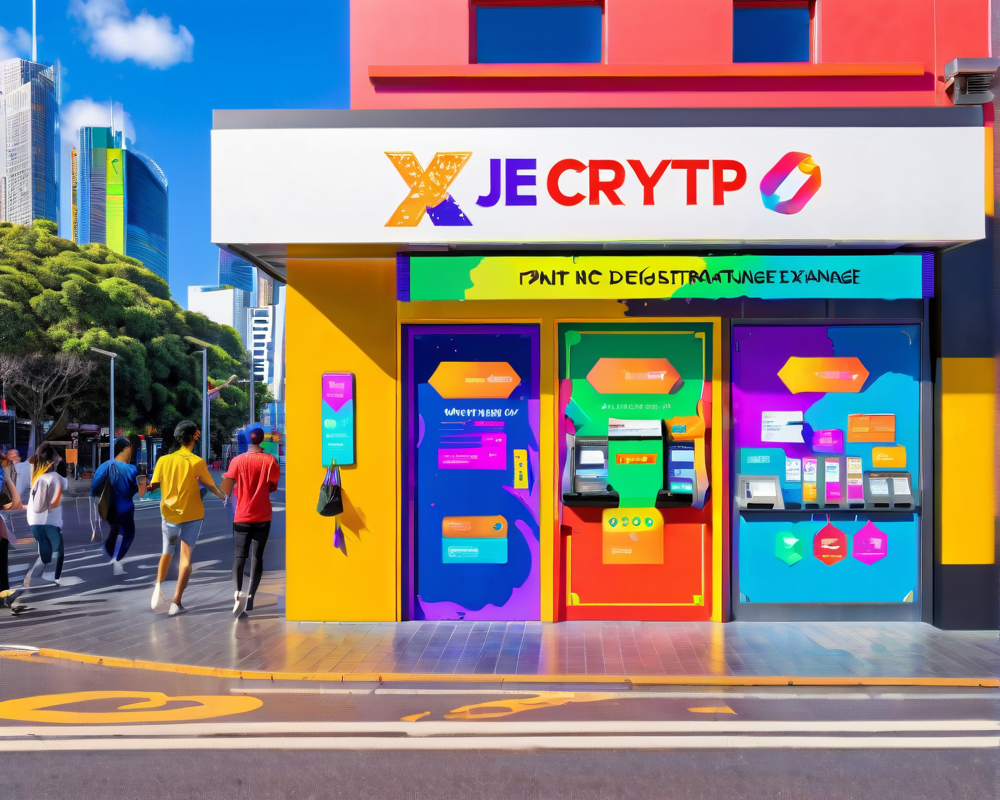A New Era for Art Ownership
The Royal Museum of Fine Arts Antwerp (KMSKA) has taken a bold leap into the future by tokenizing investment in fine art, setting a groundbreaking example for museums across Europe.
The Piece de Resistance
Leading the charge, KMSKA is commencing this venture with Belgian maestro James Ensor’s famed painting, “Carnaval de Binche.” This opportunity allows art lovers to invest in a piece starting at just €150 (approximately $158), marking a significant shift in how art can be owned and enjoyed.
Breaking Down Barriers
This project teams up KMSKA with blockchain visionaries Tokeny and Rubey, aimed at demolishing the financial walls that typically keep everyday people at bay from the art investment scene. The use of Art Security Tokens specifically targets this challenge by enabling fractional ownership.
- What’s the catch? Unlike NFTs, which can often feel like an abstract digital grab, these Art Security Tokens come secured with real debt instruments—meaning your piece of art comes with a footnote in the financial world!
The Blockchain Backdrop
The tokens, compliant with ERC-3643 standards, are being launched on the Polygon (MATIC) blockchain. This fit allows for a regulatory-compliant manner in issuing and managing the securitized tokens, opening doors for many.
Voices of Vision
“Security tokens will have a real impact on the art industry by allowing smaller investors to invest and engage in artworks that already have existing value,”
emphasized Luc Falempin, CEO of Tokeny. Similarly, KMSKA’s President, Luk Lemmens, couldn’t help but delight in their growing prowess in the art world:
“This addition puts our museum on the international map as an Ensor center of excellence even more.”
Conclusion: Art Within Reach
With this innovative project, fine art investment is no longer a privilege of the wealthy elite. The KMSKA initiative not only brings the beauty of Ensor within financial reach but also sets a precedent for museums to explore new realms of inclusivity in art ownership.




